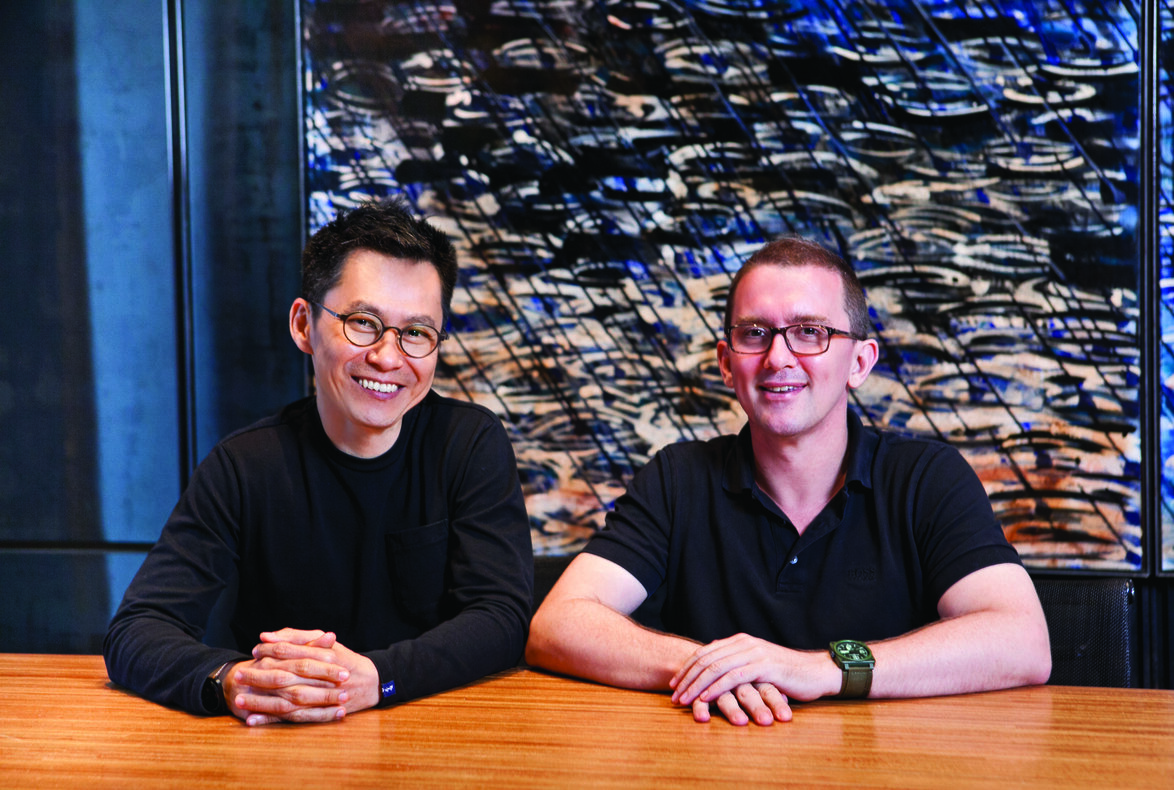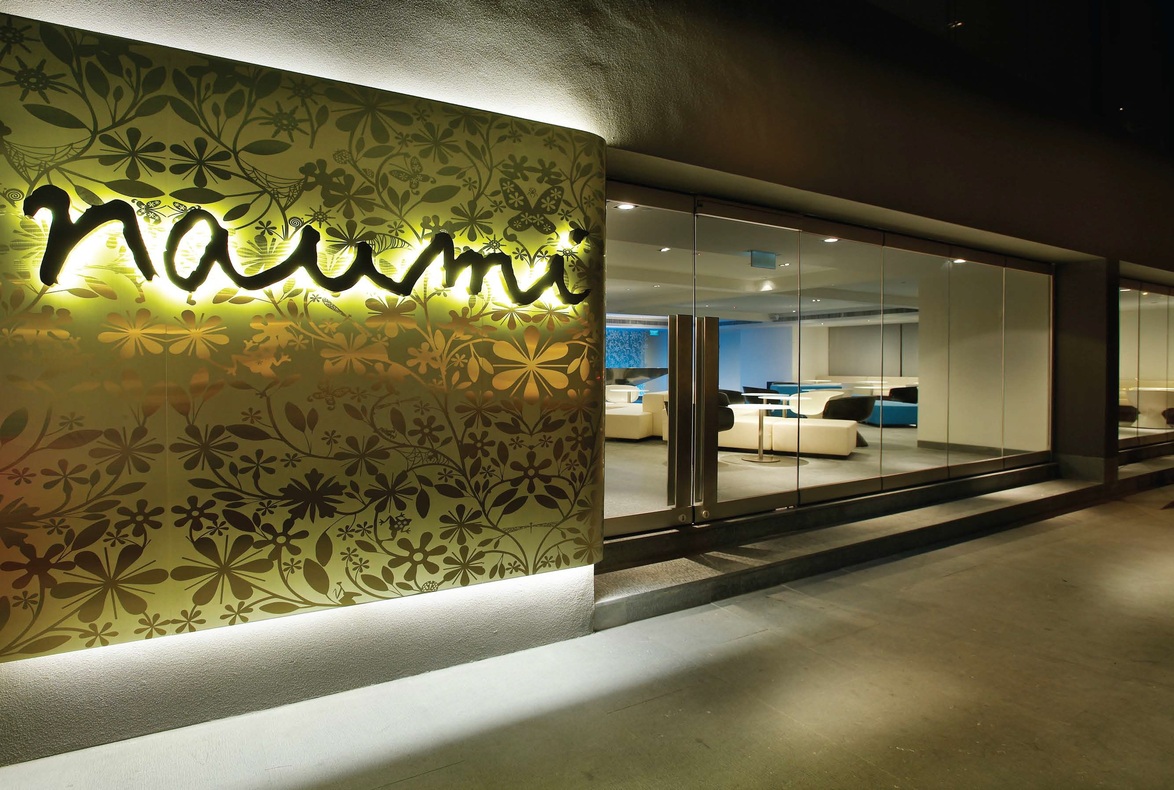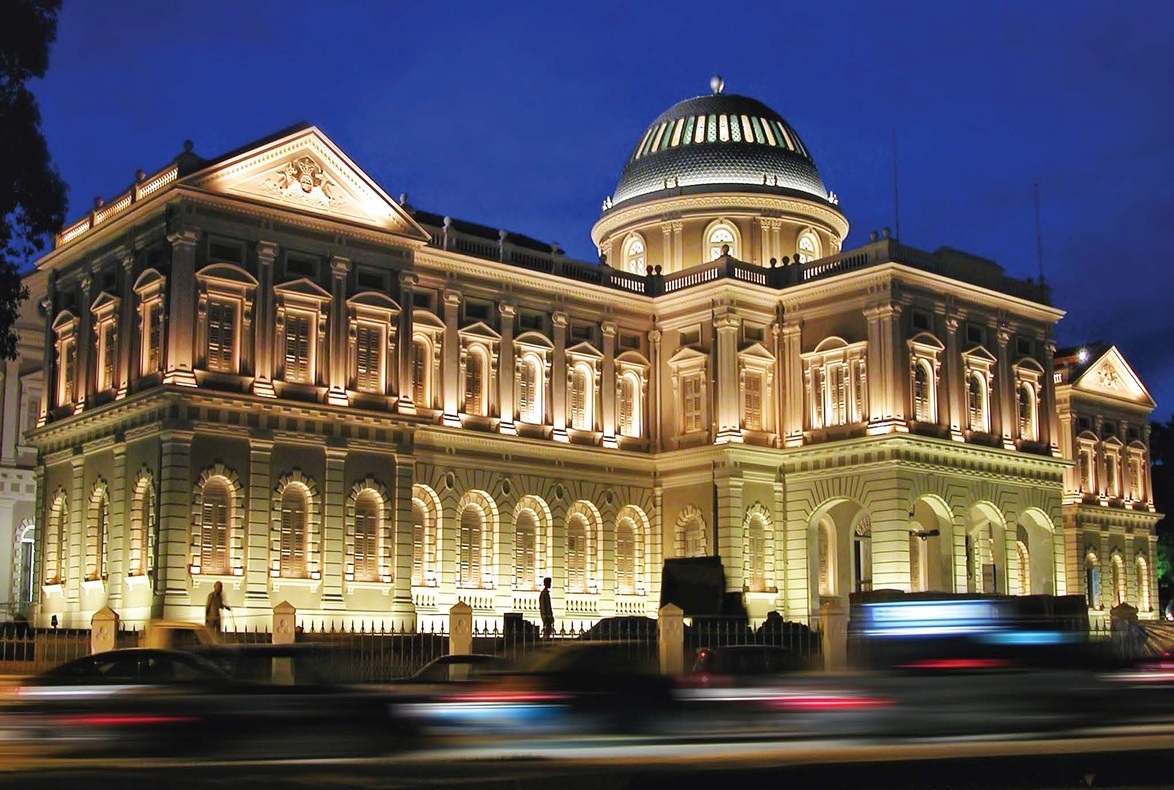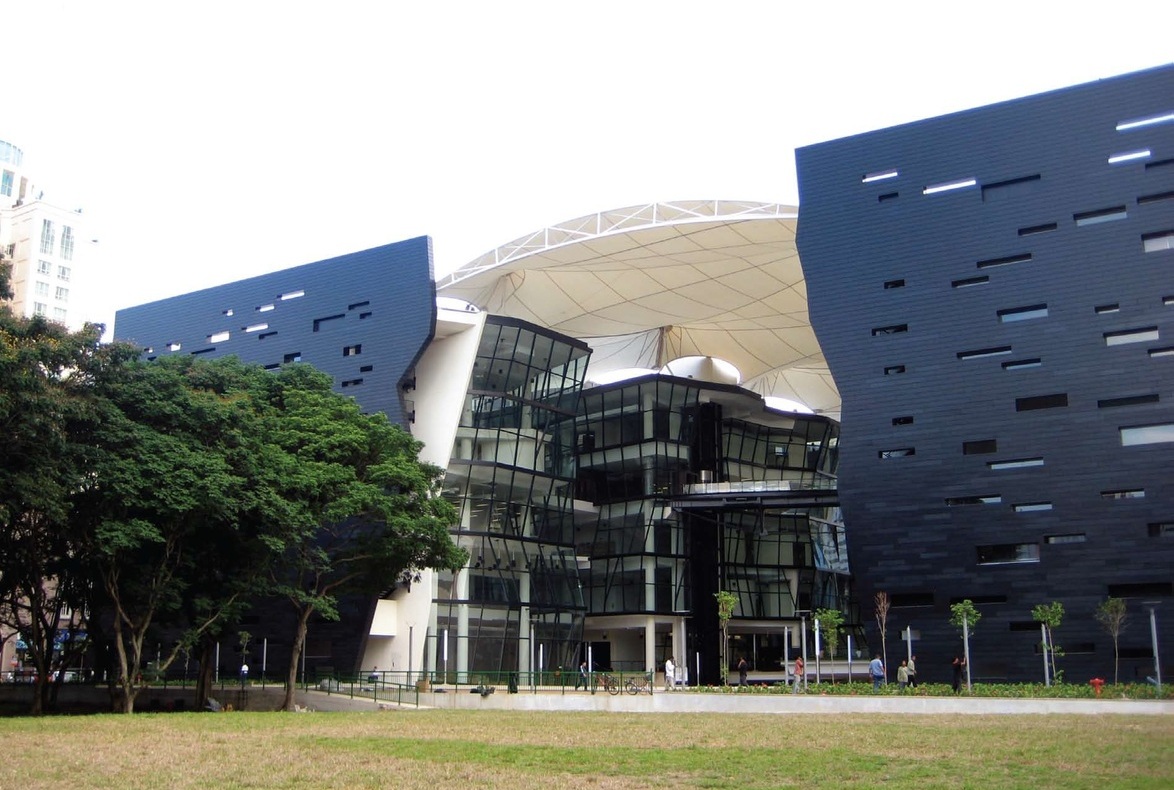
DESIGNER OF THE YEAR 2008
Wong Mun Summ and Richard Hassell
Founding Directors, WOHA Architects Pte Ltd
CONTACT
[email protected]
Wong Mun Summ and Richard Hassell lead the multidisciplinary design firm WOHA, a byword in the field of architecture and design for innovation and diversity. Established in 1994, the firm focuses on the build environment and explores the intersections of culture, context, history, nature, climate, sustainability and social behaviour to inform innovative design.
To mention the work of Mun Summ and Richard is often to speak in superlatives. Over the years, their work has been featured in numerous international and local professional publications as archetypes of originality. They and their firm have also received numerous local and international awards for excellence in design. In recent times, these have included the 2007 Aga Khan Award for Architecture, MIPM AR Future Project Awards 2007, AR Awards for Emerging Architecture 2006, RAIA International Award, and the President’s Design Award 2007 for Design of the Year.
Their creativity and the diversity of their interests have seen them take on projects for a wide array of building types and scales, including commercial, residential, hospitality, transport, infrastructure, institutional, religious, mixed-use and interior projects. These projects have also taken them to a range of countries around the Asia-Pacific region, including Singapore, Malaysia, Thailand, Indonesia, Taiwan, Australia, the Maldives and China.
The work of Mun Summ and Richard has no fixed formal language or style. Instead, what units their work is a focus on creating spaces that delight the user and enhance the environment. They believe in allowing each project to speak with its own voice and to evolve around a set of objectives and strategies that emerge from within the project requirements. As they put it, ‘We don’t have a house style, we are interested in what emerges from the project brief, the client, the site and the climate.’
Together, their design philosophy rests on the belief that each project is unique, and the design should evolve through the particular characteristics of each project. The architect, for his part, is responsible for creating diverse, innovative and exciting environments. The result should add a humane and desirable environment to the world, resulting in a continuous improvement of the constructed environment.
The pair believes good design is produced from careful study and research, combined with technical knowledge and artistic judgement. Random and unforeseen events are examined for the possibility of adding richness and new possibilities to the design. They study the project site, and by negotiating the conflicting requirements of site, climate, technologies, developer, authorities, end-users and consultants, a diagram is produced that incorporates all these forces. This diagram is then used to develop the design at all levels and scales, creating an architectural language unique for the project. They avoid architectural styles as these limits the options available, and stifle exploration and creativity. Attention to detail, proportions, and scale together with common sense ensure the finished product fully develops the potential within the concept.
A notable aspect of Mun Summ and Richard’s design outlook is their interest both in buildings of the past as well as of the future.
They believe that precedents from all times and cultures should be studied to gain experience and knowledge from the past. This is reflected in their strong interest in building conservation. Says Mun Summ, ‘We would like to see buildings last longer. Recently, there have been many collective sales that led to buildings being torn down. We personally think it is very wasteful.’ The buildings being torn down are actually some of the best buildings of their generation. There are many bad buildings in Singapore you could pull down if you needed more space!’
Richard also makes the point that building conversation adds character to a city. ‘If you want to attract people to this city, you need excellent buildings from all eras…maybe 100 to 200years from now, Singapore will be talked about in the same way people talk about Paris and New York… as long as we don’t tear the good buildings down.’
At the same time, Mun Summ and Richard are well-known for their particular brand of forward-looking ‘green architecture’, in which eco-friendly elements are incorporated into their designs. Two of their best-known works, the award-winning 1 Moulmein Rise and Newton Suites, respectively feature monsoon windows that improve ventilation while keeping the rain out, and overhanging foliage to shelter windows from the tropical sun.
Ultimately, the secret to their success, they reckon, is simple. Mun Summ says, ‘We tend to give our clients something more than what they envisage.’ Adds Richard, ‘We manage to make everyone happy rather than be very single-minded about pushing something. We think we can do very good design without being a prima donna.’
Insights from the Recipient
“Every place has opportunities and weakness. The opportunities in Singapore come from the huge range of materials and techniques available due to being a trading port, and being a developed country surrounded by developing countries. The weakness of local architecture is a lot of replication and repletion of designs, which add to this feeling of placelessness. We should take advantage of the mix of East and West, expensive materials and low-cost labour to create wonderful architecture that is impossible to replicate elsewhere.”
Citation
Jury Citation
Nominator Citation
Mok Wei Wei
Managing Director
W Architects Pte Ltd
Wong Mun Summ and Richard Hassell have assembled an impressive body of work since they started WOHA in 1994. Characterised by a consistently high level of design, quality of execution and careful attention to detail, their wide repertoire of projects ranges from houses and high-rise buildings, to commercial and institutional projects. As their body of work demonstrates, they are advocates of sustainable design in high-rise tropical housing and draw inspiration from vernacular sources in designing for a tropical climate. Their works display an impressive all-round mastery of architectural design – form, proportion, massing and detailing. Their skillful handling of materials and elements like water has created delightful sensual experiences in many of their projects, notably in the Church of St Mary of the Angels and the Bras Basah MRT Station. Mun Summ and Richard have contributed actively to the development and exploration of architecture and design in Singapore. Both have served as members of various design panels, and as external examiners for architectural courses. They are an inspiration to a new generation of architects who are encouraged to create environments where people enjoy their lives more because of the quality of the spaces created. The Jury notes the on-going evolution of WOHA’s design philosophy and strategy and applauds their commitment to urban and humane concerns.
WOHA- the single biggest success story of Singapore’s architectural fraternity over the past 10 years. As a Business Times article (23 May 2008) remarked, this is ‘a firm that made the leap from start-up to upstart’, steadily achieving local, regional and international recognition.
Since Wong Mun Summ and Richard Hassell started the office together in 1994, WOHA has experienced phenomenal growth from its original staff strength of two in 1994 to 80 in 2008. Their works have gained wide acclamation in numerous design awards, from the earliest Asia Pacific Interior Design Award (1995) for Meyer Road, to the recent Aga Khan Award (2007) for 1 Moulmein Rise. WOHA also rocked the local architectural scene by winning five awards at the 2001 SIA Design Awards and broke its own record in 2004 by winning six.
Wong Mun Summ and Richard Hassell were schooled in the design of tropical resorts, where delight is mandatory in every direction. They are able to tease out ‘lush situations’ on site after site, in large projects and small, whether in close-packed town houses or a commuter railway station, in a luxury house or a church and monastery.
In WOHA’s latest, as yet unbuilt works, we can see them bravely shifting from one plateau of mastery and innovation towards another, more consciously difficult and conflicted realm.
I would like to, at this juncture of WOHA’s accomplishments, nominate the team to be Designer of the Year 2008.










